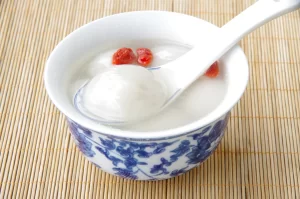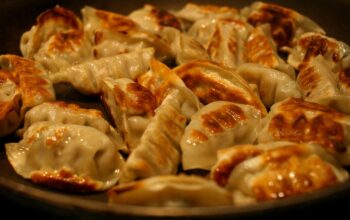Chicken and dumplings is probably the pinnacle of South American comfort food in the United States.
Chicken broth is a dish found all over the world, but adding dumplings gives the broth something extra.
American dumplings are usually a mixture of flour, vegetable fat, and milk – in this case, they go straight into chicken broth. The broth can be pure chicken broth or thickened with flour or cream.
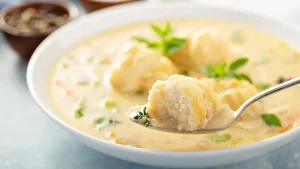
Kimchi mandu
Mandu, the Korean version of dumplings, are more closely related to manti, found in Central Asian cuisine, than to Chinese or Japanese dumplings.
Mandu are often folded into circular shapes, a technique rarely found in Chinese cuisine.
As kimchi is common in Korea, it was probably inevitable that somewhere along the way, someone would slice up kimchi and put it into a dumpling.
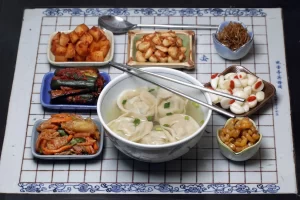
As winter nights approach and temperatures drop, what could be better than a golf ball-sized dumpling made from bread, stuffed with things like speck (a type of smoked ham), cheese, and onions, washed down with a bottle of beer?
Italians flock to Alto Adige, an autonomous region in the north of the country that was part of the Austrian Tyrol until it was annexed by Italy during fascism, for these traditional Tyrolean dumplings. Eat them in broth or order a plate (some restaurants offer “flights” of canederli with various fillings). Just be careful—they’re huge, and you’ll probably find your eyes are much bigger than your stomach.
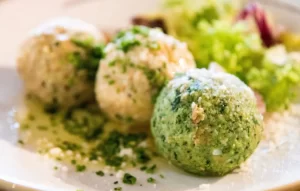
Bawan is a Taiwanese street snack often found at night markets across the island.
A transparent wrapper made from rice flour, cornstarch, and sweet potato starch holds a filling of meat, bamboo shoots, and mushrooms. Bawan is served with a sweet and savory sauce.
The dumplings are first steamed and then fried to prevent the wrapper from drying out.
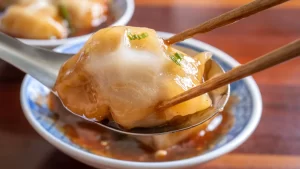
Momos are dumplings found in North Indian, Nepalese, and Tibetan cuisines. They can be filled with meat, vegetables, or cheese, and are usually served with a tomato-based sauce.
Enterprising Nepali vendors in Kathmandu have also started stuffing momos with Snickers and Mars chocolates, especially in areas frequented by tourists.
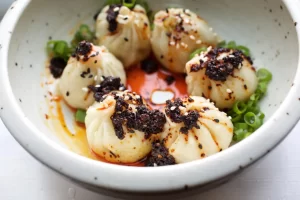
Inspired by an article from CNN travel.
